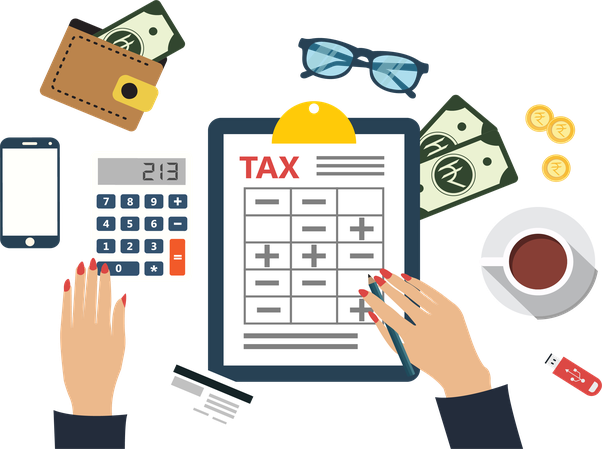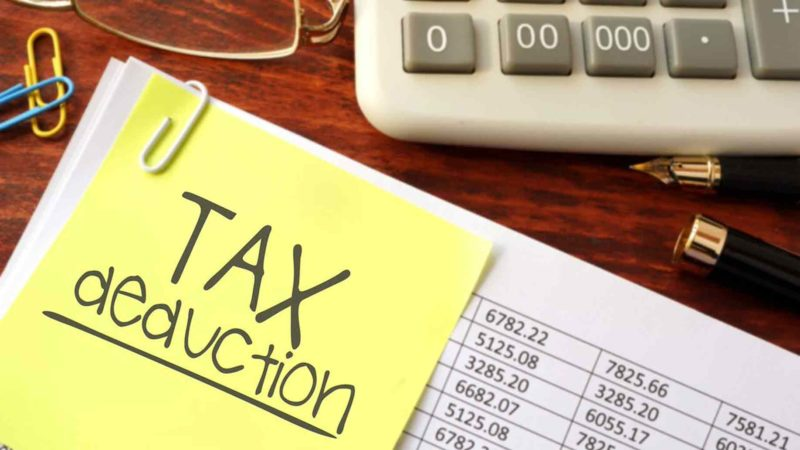Introduction
The cost of tangible or fixed assets can be spread out throughout their useful lifetime using depreciation. It divides the total cost of the tangible assets throughout the period they contributed to income generation. Depreciation helps companies save money on taxes by keeping track of the decline in the value of their assets over time. Depreciation expense lowers taxable income because it reduces earnings. Depreciation expenses reduce a company's taxable revenue and, by extension, its tax liability. If depreciation costs are reduced, taxes must be paid at a higher rate on a greater amount of revenue.
What Assets are Eligible for Tax Depreciation?
Regarding paying taxes, depreciation laws may change depending on where you live. In light of this, the kinds of assets written off against taxes in one country could not be the same in another. To be eligible for depreciation claims, an asset must meet certain standards, some of which may vary by jurisdiction.

A taxpayer owns the asset
An asset must be considered the taxpayer's property to write off depreciation costs.
The asset is put to work in revenue generation
Only those assets used in operating a business or producing income can have their depreciation costs written off by a taxpayer. To that end, you can't write off the depreciation cost on assets that aren't used for business purposes.
The asset has a determinable useful life
Depreciation claims can only be made on assets whose useful lives can be calculated accurately. That is to say; it is possible to predict with some degree of accuracy how long the asset will remain in use until it is rendered obsolete or stops generating profits.
The asset's useful life exceeds one year
Depreciation is deductible only for assets kept for more than a year. Meaning the assets have a lifespan of more than a year.
Ways to Calculate Depreciation
Taxes paid by a business are reduced by depreciation expense in various ways, depending on which method is used to recognize the expense. Depreciation can be determined using one of several approaches:
Straight Line Basis
Depreciating a fixed asset over its estimated lifespan is called "straight-line basis" or "straight-line depreciation." Taxpayers can use the straight-line depreciation method if they know the original purchase price, the projected usable life of the asset, and its salvage value.
Accelerated Depreciation Method
This technique permits more rapid depreciation early in an asset's life cycle. The double-declining approach is an example of an accelerated depreciation strategy that, in this case, allows you to deduct 20% of your car's cost basis in the first year. This strategy will allow you to deduct $6,400 from your taxable income in the same year you buy and use your vehicle.
Declining Balance
The depreciation rate for an asset under the decreasing balance method is higher in the first few years of its useful life. Taxpayers need to be aware of the asset's purchase price and its projected useful life, salvage value, and depreciation schedule.
Sum-of-the-Years' Digits
The sum-of-the-years accelerated depreciation technique involves calculating a percentage by multiplying the years an asset is expected to generate economic benefit.
Can Your Business Benefit From Tax Depreciation?
You may be eligible for tax depreciation on your investments in tangible assets like office furniture, computers, software, vehicles, farm equipment, merchandise, land, rental property, and even intangibles like patents. The issue is not whether you can accept the write-down; rather, it is whether you should. Hiring an accountant to do a precise depreciation calculation may cost more than the savings you realize. Other times, tax depreciation will play a significant role in ensuring your company's financial health. The tax benefits of depreciating different property types at different times and for different businesses can vary widely. The most accurate method of calculating your potential tax savings through depreciation is to read the detailed and up-to-date resources provided by the IRS on the topic. Consult with a professional accountant to maximize your tax deductions for company expenses.

Conclusion
The bottom line might be affected in many ways depending on the depreciation strategy utilized for tax and accounting purposes. The corporation uses accelerated depreciation to lower taxable income in the first year an asset is used. Deferred tax liability is recorded on the balance sheet. It will be settled in the future when the firm's tax liabilities are settled using the accelerated method, even though the company utilizes the straight-line method for accounting reasons. All depreciation techniques result in the same total depreciation expense during the asset's life, but the timing of that expense varies.



